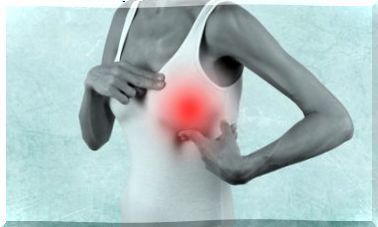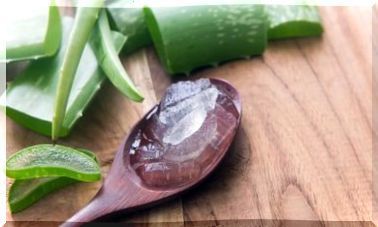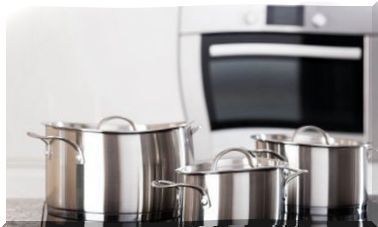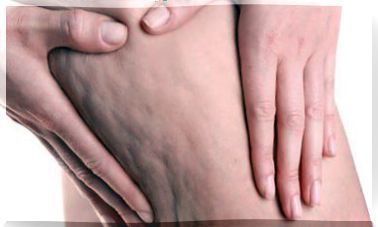Abscess
The abscess is an infection. It is characterized by causing inflammation and accumulation of pus in an area of the skin or subcutaneous tissue. Also in the internal organs or between their cavities.
These can appear anywhere on the body. The most dangerous are those that are formed internally and are not perceptible to the naked eye.
The term comes from the Latin root “abscedere”, which means to leave a place or move. Also from the prefix “abs”, which means to move away or leave a place. Integral means then: something that separates and moves to another place. What is separated is the pus, which is concentrated in a specific area.
Abscesses were first discussed about 2050 years ago. Who used the word for the first time was the Roman writer Aulus Cornelius Celso. Before him Hippocrates had spoken of the “apostemas” which were basically the same. The word abscess began to be used regularly in medical literature from the 16th century.
Types of abscess
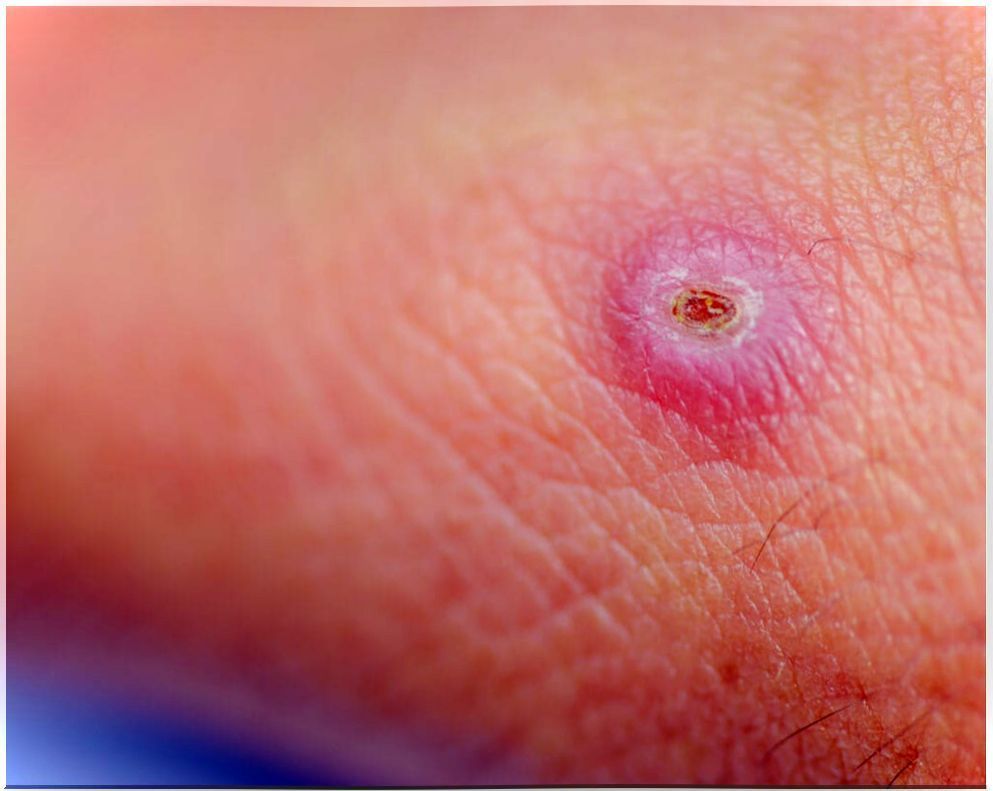
There are two types of abscesses: external and internal. The former form under the skin. The latter, in the internal organs or in the spaces between them. The causes for them to appear are multiple.
The most common types of abscess are :
- Cutaneous and subcutaneous
- Amebic liver
- Bartholin’s abscess
- Cerebral
- Anorectal
- Dental
- Epidural
- Mammary
- Pulmonary
- Hepatic
- From the psoas
- Ssubphrenic or subdiaphragmatic
- Capillary, etc.
Causes of an abscess
An external abscess forms when bacteria , fungi, or germs enter the body. Most of the time this happens because there is an open wound. It also occurs if hygiene is poor. When these foreign elements enter the body, they cause an infection.
Internal abscesses are formed because there are problems in the patient’s state of health. It may be that an organ is working poorly. Appendicitis, for example, is a form of abscess. Likewise, a liver infection can lead to a liver abscess, or pneumonia to a lung abscess.
It is also common for internal and some external abscesses to be associated with difficulties in the immune system. Also, they may contract from being exposed to a dirty environment. Or that they are infected by contact with a person who has poor hygiene or poor circulation.
Physiological processes
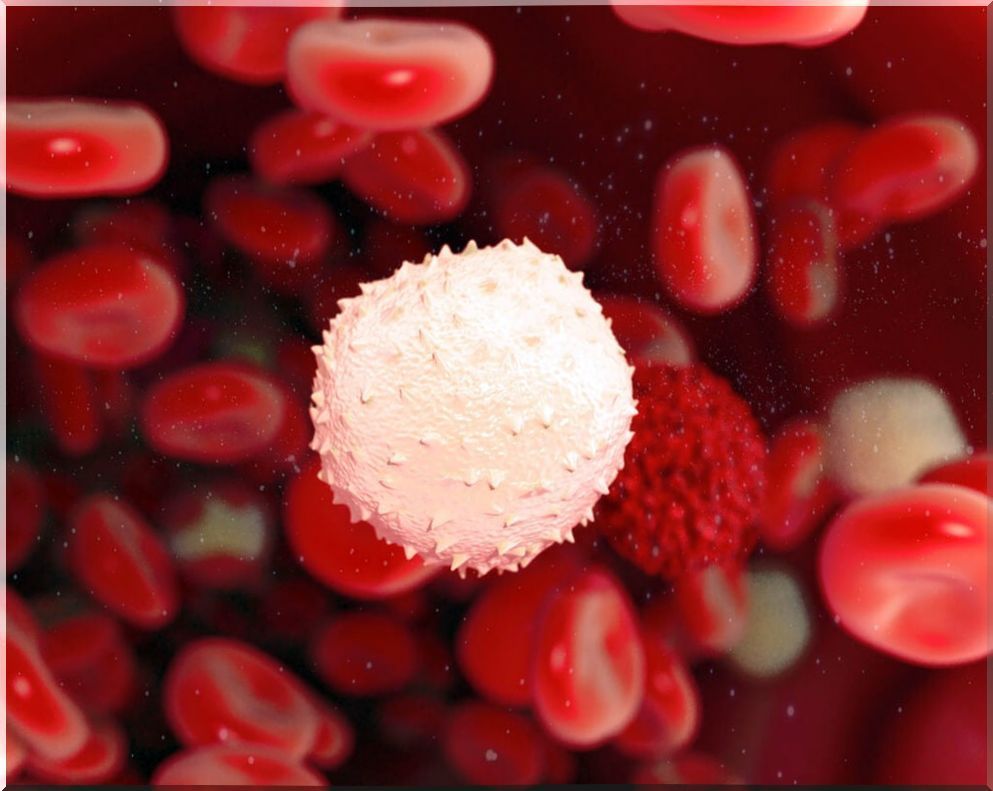
Abscess is an immune system response to infection. What the body does is isolate the infection to prevent it from spreading. Once the pathogen causes the infection, the body’s defenses, the white blood cells, begin to act. White blood cells migrate through the walls of the blood vessels. This way they reach the area where the infection is. There they accumulate, within the tissue that is damaged.
This whole process causes pus to form. This is made up of agglutinated white blood cells; part of these blood cells are alive and others are dead. It also contains fluids, dead tissue, and bacteria or other invasive material. When pus collects, the tissue becomes inflamed.
Symptoms and diagnosis
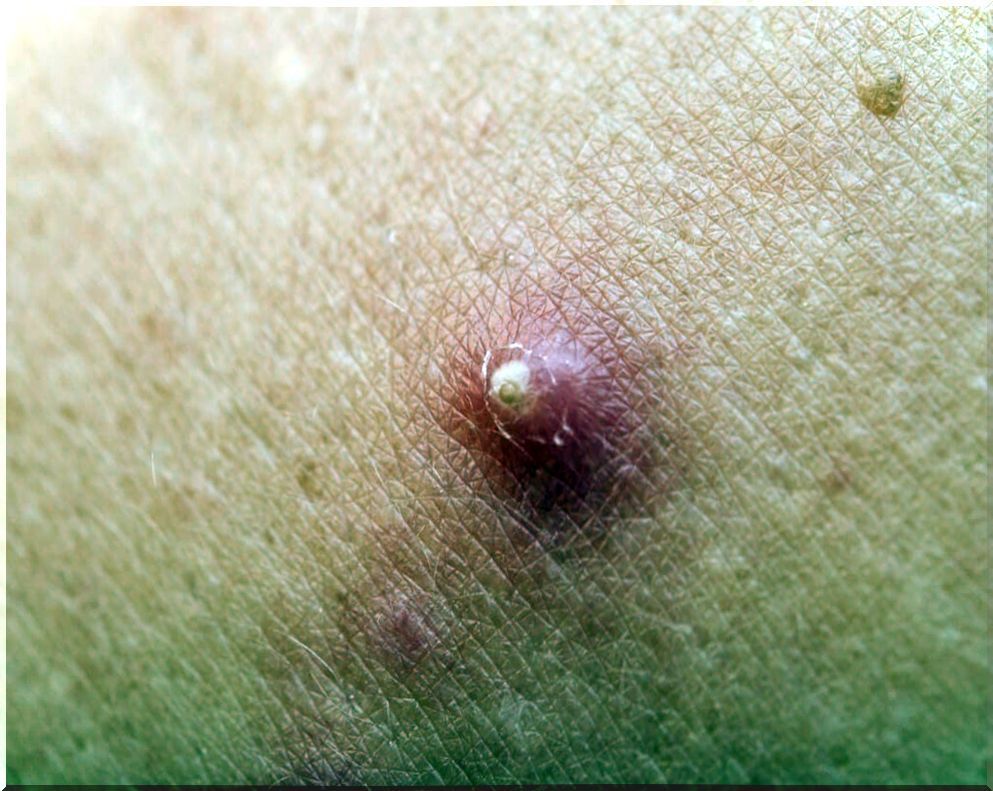
The external abscess is distinguished because it is a firm mass, which almost always hurts when only in contact with the skin. This mass is surrounded by a pink or red color and in the middle is the pus. Sometimes they ooze fluid and can become larger. When they are on the surface of the skin they look like a pimple. If they are below this, they just look like a lump.
The places where external abscesses appear most frequently are:
- In the groin
- Near the coccyx
- In the area of the vagina
- Around the anus
- On the gums
- Under the armpits.
In some cases, the doctor orders a sample of the fluid. This is analyzed to determine what types of microorganisms are causing the problem.
On the other hand, to diagnose internal abscesses, specialized tests are usually performed.
The most common are: ultrasound, computed tomography and magnetic resonance imaging.


